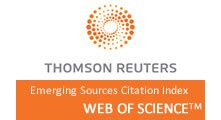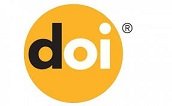Artificial Intelligence in Education: A Science Mapping Approach
1654
1039
Abstract
While using artificial intelligence in education is a popular field of study for researchers, it has become a joint application for educational institutions. Educational institutions are trying to establish artificial intelligence-based systems to improve the existing education systems. On the other hand, education researchers want to determine which artificial intelligence models are the most effective. To provide an in-depth resource for both researchers and educators on the use of artificial intelligence in education, this study aims to make a bibliometric analysis of articles related to artificial intelligence in education. After the query was made in the Web of Science database, 1153 articles related to the subject were obtained. As a result of the bibliometric analysis of the articles obtained, the most influential journals are Education and Information Technologies and Computers & Education, and the most influential authors are Scouller, Biggs, and Hwang. After 2019, it has been observed that there has been a significant increase in the number of studies, the first examples of which were found in 1985. It is thought that this study, which provides results on the most cited publications, trending topics, thematic map of keywords, and co-occurrence network, will serve as a bedside resource for both educators and researchers. Implications of the findings for theory and practice are discussed.
Keywords
Education, Artificial intelligence, Machine learning, Deep learning, Bibliometric analysis
Full Text:
PDFReferences
Kaban, A. (2023). Artificial intelligence in education: A science mapping approach. International Journal of Education in Mathematics, Science, and Technology (IJEMST), 11(4), 844-861. https://doi.org/10.46328/ijemst.3368
DOI: https://doi.org/10.46328/ijemst.3368
Refbacks
- There are currently no refbacks.
Copyright (c) 2023 International Journal of Education in Mathematics, Science and Technology







International Journal of Education in Mathematics, Science and Technology (IJEMST)

This work is licensed under a Creative Commons Attribution-NonCommercial-ShareAlike 4.0 International License.
ISSN: 2147-611X (Online)
